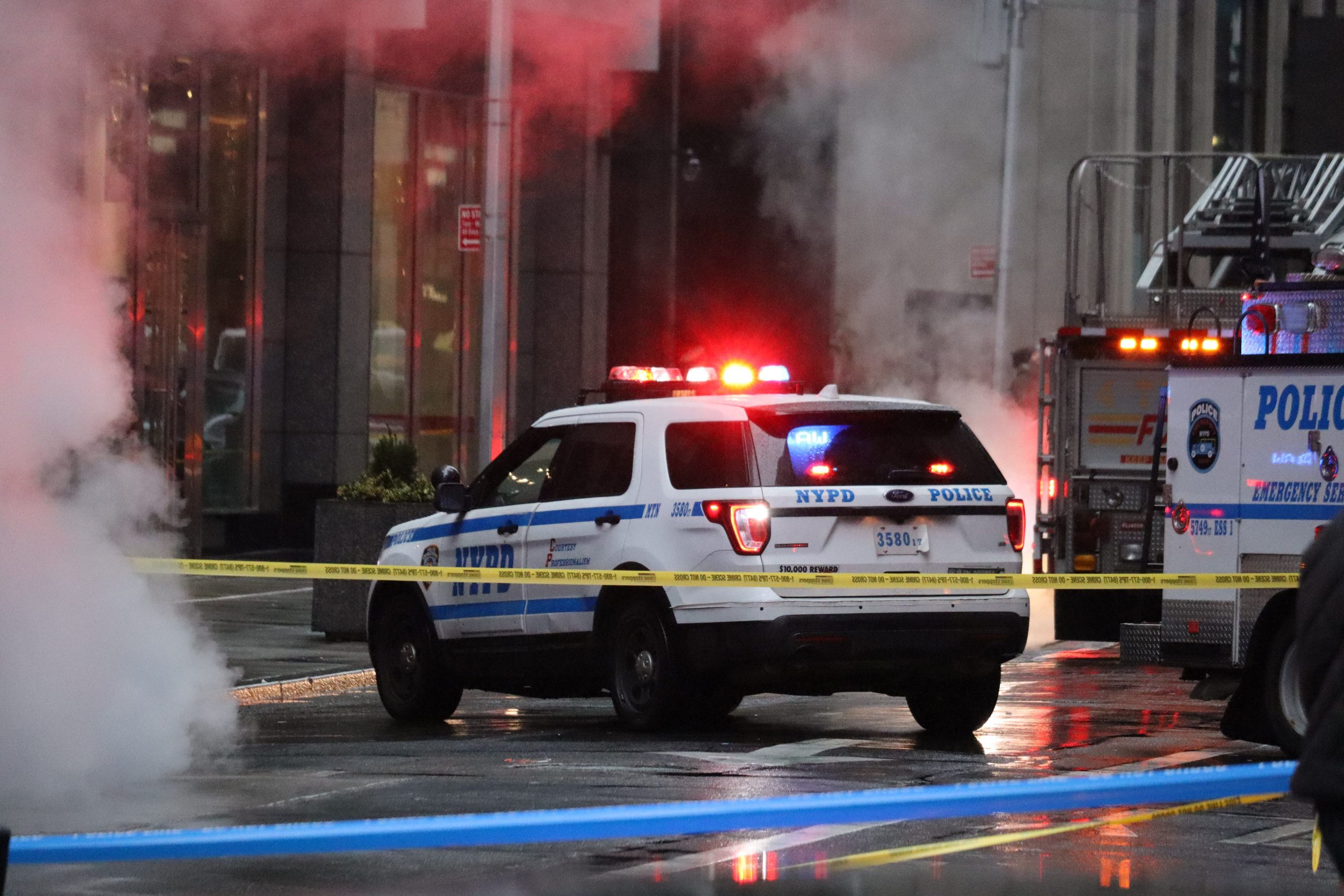
Chris Lange, FISM News
[elfsight_social_share_buttons id=”1″]
Serious concerns have been raised over the accuracy of the FBI’s newly released 2021 crime statistics report, which shows that nearly half of the country’s police departments failed to report any data.
The National Use-of-Force Data Collection indicates a 4.3% increase in murders and a 1% decrease in violent crime in the U.S. However, the Bureau acknowledged that about 48%, or roughly 9,700, of the nation’s police agencies had not submitted the required 12 months of data to the National Incident-Based Reporting System (NIBRS) by the March 14 deadline.
“With so many agencies failing to report a full year of data for 2021, this year’s annual crime data release will have significant blind spots,” the Brennan Center for Justice said in an analysis of the report.
“It will probably be impossible to speak of a precise ‘national’ murder rate or ‘national’ violent crime rate for 2021,” the analysis continued, followed by a warning that “[p]olicymakers will have to exercise great care when using this limited data.”
It isn’t just the significant lack of data that has raised eyebrows. Some are questioning why U.S. cities with some of the nation’s most advanced reporting systems did not submit reports.
“What’s striking, just going through it, is that some of the states that have the most comprehensive reporting systems in place are those that have the lowest participation in the NIBRS program, states like California, New York, New Jersey,” Josh Sugarmann, executive director at the Violence Policy Center, said in response to the report, according to the New York Post.
“We’re in a crisis as far as gun homicide in this country … and communities are looking for answers,” he continued. “We have the highest numbers we’ve ever seen regarding gun homicides, with the least amount of information available that we’ve ever seen.”
In fact, violent crime overall is surging in the U.S., according to an August midyear violent crime comparison survey. The survey of 70 city enforcement agencies conducted by the Major Cities Chiefs Association showed that, while murders and sexual assaults in urban areas fell somewhat in the first half of 2022, compared to the same period in 2021, violent crime overall has jumped 4.4% since before the COVID-19 pandemic.
The survey showed notable increases in robberies (+13%) and aggravated assaults (+2.6%) from Jan. 1 to June 2022. The violent crime total in this time frame was nearly 237,000 in the responding agencies’ cities, compared to just over 193,000 pre-pandemic. Murder spiked in the first half of 2022, as 4,511 homicides were reported, compared to 3,004 homicides reported in the first half of 2019.
“Compared to 2019 midyear figures, MCCA member cities have experienced a 50% increase in homicides and a roughly 36% increase in aggravated assaults,” the association said in a statement. “These shocking numbers demonstrate how the sustained increase in violent crime has disproportionately impacted major urban areas.”
In January 2021, the FBI replaced its traditional Uniform Crime Summary Reporting System (SRS), an aggregated monthly crime tally, with the new NIBRS system which relies on voluntary data submissions. The agency touted the new data collection system as one that would provide a more in-depth look at national crime trends.
Sugarmann called the change “devastating,” saying it “has come at the worst possible time.”
Richard Rosenfeld, a criminologist at the University of Missouri-St. Louis, echoed these concerns.
“When only 62% of agencies have provided one year of data and you have to estimate for the others, that’s a problem,” Rosenfeld told USA Today.
“Clearly, there is uncertainty surrounding the data released today. Let’s hope this is a one-year blip.”
Despite the glaring holes in the report, federal authorities expressed confidence in the new data-gathering methodology.
“In most instances, differences in the comparison of 2021 data to 2020 do not meet the criteria for statistical significance,” the report said. “However, it should be noted that the main contributor to that finding is the large amount of variation … that is measured in the 2020 data due to low coverage of participating agencies. As coverage increases, the FBI will be able to improve its ability to measure these critical metrics for the nation.”
The FBI said that all of the jurisdictions have committed to providing the information, though the agency did not specify when they expect it.
